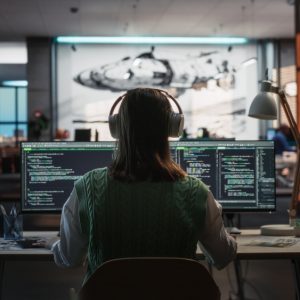A new operating system (OS) has been developed to keep buildings, traffic and essential services running without a glitch in cities.
The BBC reported that an OS designed for cities, the Urban OS, works like a PC OS but will collect data from sensors planted across the city and keep services, such as traffic lights, water levels and air conditioning, running smoothly.
The Urban OS was introduced at the Machine-2-Machine conference in Rotterdam. The product will be tested in Portugal. The OS is a collaborative effort by Living PlanIT and McLaren Electronic Systems. Cisco and Deutsche Telekom are also involved in the project.
The new OS gathers data and monitors the city. It bypasses humans to manage services and control city services. For example, in case of a fire, the OS can control city traffic lights so that fire fighters reach the loaction of the fire incident as fast as possible.
Markus Breitbach of the Machine to Machine Competence Center at Deutsche Telekom said, "Everybody’s talking about 50 billion connected devices, which effectively means huge amounts of data being collected, but nobody is really caring about managing it and bringing it into a context – and Urban OS can do just that."
"If there’s a fire alarm on the fifth floor and the elevator is going to the next floor, the light will switch on – but in addition the traffic lights will be switched accordingly to turn the traffic in the right direction so that fire workers can get through.
"And this is what Urban OS is providing, this kind of solution to analyse mass data, enter it in a context and perform magical actions," he said.
"That’s dealt with by the building itself, with the devices very locally talking to each other to figure out what’s the best solution for the current dilemma, and then providing directions and orchestrating themselves," said Living PlanIT chief Steve Lewis.
Lewis said about the OS: "If you were using an anatomy analogy, the city has a network like the nervous system, talking to a whole bunch of sensors gathering the data and causing actions.
"We distribute that nervous system into the parts of the body – the buildings, the streets and other things.
"Having one platform managing the entire urban landscape of a city means significant cost savings, implementation consistency, quality and manageability.
"And it’s got local computing capacity to allow a building or an automotive platform to interact with people where they are, managing the energy, water, waste, transportation, logistics and human interaction in those areas," said Lewis.
Lewis added that eventually applications on smartphones could be linked with the Urban OS to remotely control homes.






